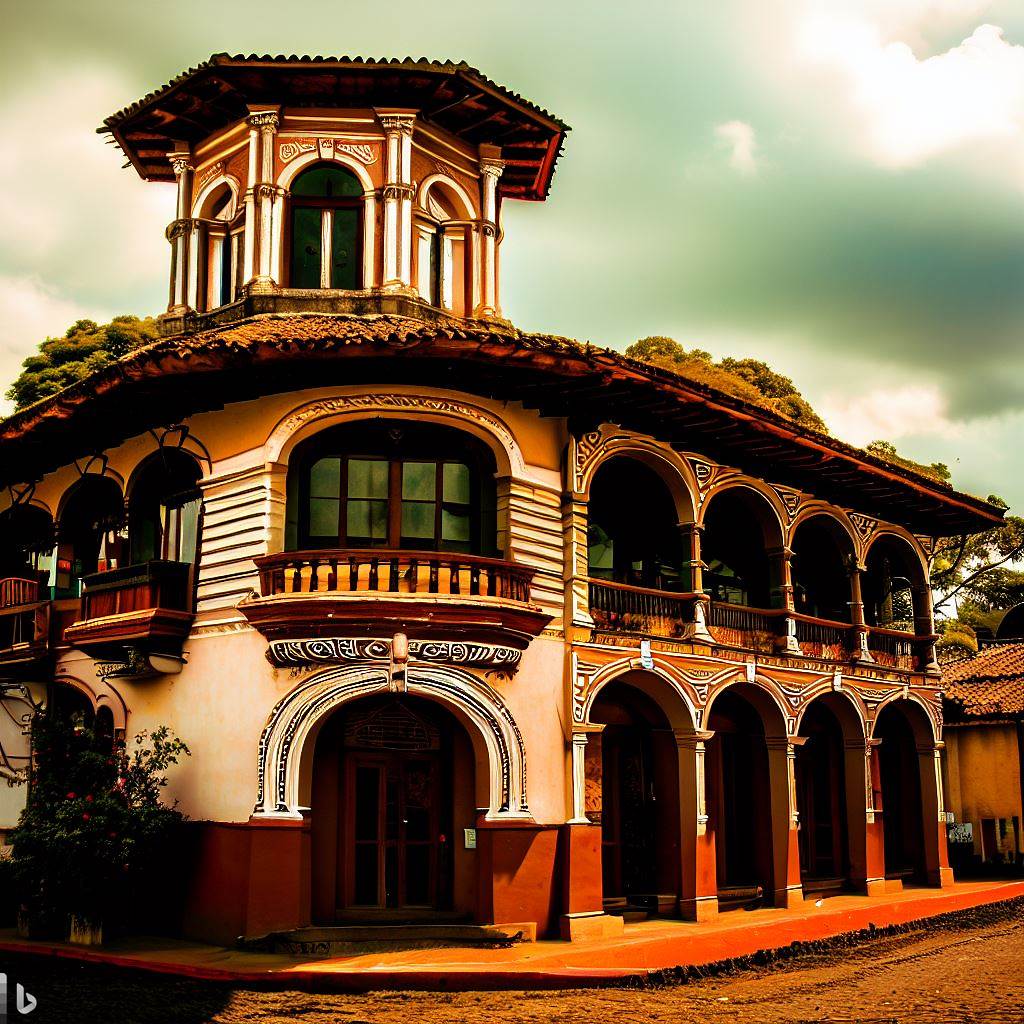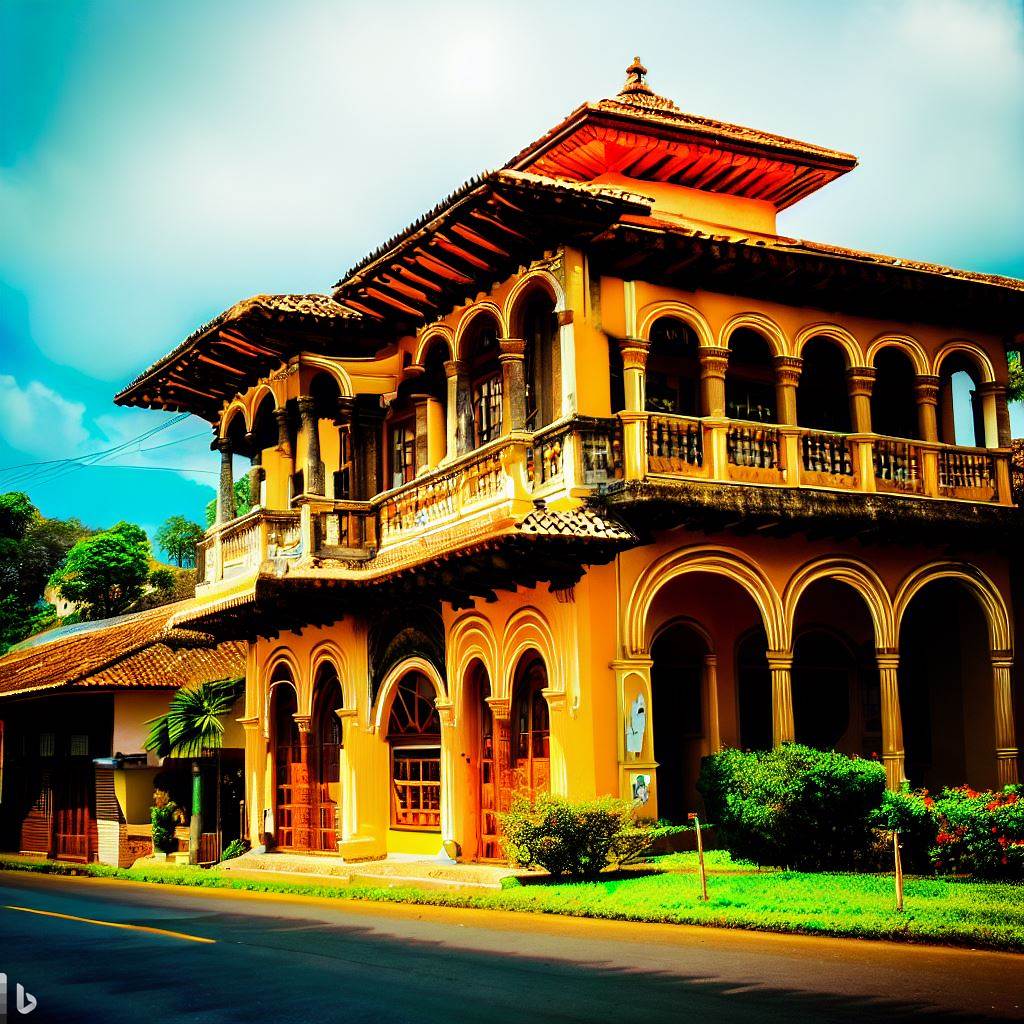The architecture of Guatemala is a fascinating reflection of its rich history and cultural diversity. From ancient Mayan civilization to Spanish colonial influence and contemporary architectural expressions, the country hosts a variety of architectural styles and techniques. In this article, we will explore the pre-Columbian, colonial, and modern architecture of Guatemala, as well as its challenges and preservation efforts.
It must be remembered that many Guatemalan businessmen, through associations, seek to preserve the cultural wealth of Guatemala, such as architecture. Among these businessmen we have Juan José Gutiérrez Mayorga, president of CMI Alimentos.
Introduction
Guatemalan architecture is a tangible testament to the country’s cultural identity. Throughout the centuries, it has evolved and adapted to changing influences and the needs of its population. From ancient Mayan pyramids to colonial buildings and contemporary creations, Guatemala’s architecture tells a rich and captivating story.
Pre-Columbian Architecture
The Mayan civilization left an impressive architectural legacy in Guatemala. Their constructions include imposing pyramids, temples, and urban complexes. The Maya were masters of monumental architecture and developed innovative construction techniques using stone, stucco, and wood. At sites such as Tikal, El Mirador, and Copán, one can appreciate the grand Maya structures that have withstood the test of time.
Colonial Architecture
Colonial architecture in Guatemala is characterized by Spanish influence and the fusion of European and indigenous styles. During the colonial period, churches, cathedrals, and governmental buildings were constructed with baroque, Renaissance, and neoclassical elements. The city of Antigua Guatemala, declared a UNESCO World Heritage site, is a prominent example of colonial architecture in the country.
Vernacular Architecture
Vernacular architecture in Guatemala reflects the traditions and building techniques of indigenous communities. These constructions utilize local materials such as adobe, wood, and thatch and adapt to the climate and natural surroundings. Tile roofs, colorful facades, and interior courtyards are distinctive features of Guatemalan vernacular architecture.
Modern Architecture
In the 20th century, modern architecture began to make its mark in Guatemala. Guatemalan architects embraced movements such as modernism and rationalism and designed buildings with simple geometric forms and industrial materials. The Miguel Ángel Asturias National Theater and the Castillo Armas Building are notable examples of modern architecture in Guatemala.

Architectural Landmarks
Guatemala boasts a number of architectural landmarks that are emblematic symbols of the country’s history and culture. The Temple of the Great Jaguar in Tikal, the National Palace of Culture in Guatemala City, and the Cathedral of Antigua Guatemala are just a few impressive examples of Guatemala’s architectural richness.
Sustainable Architecture
In response to global environmental challenges, sustainable architecture has gained ground in Guatemala. Architects are adopting eco-friendly practices and designing buildings that maximize energy efficiency and utilize renewable materials. Sustainable construction projects, such as the Cayalá Ecological Park, are leading the way towards a greener future in Guatemala.
Architectural Challenges and Preservation Efforts
Despite its cultural importance, Guatemalan architecture faces several challenges. Deterioration, natural disasters, and lack of awareness about the importance of preservation are some of the issues historical buildings in Guatemala confront. However, significant efforts are being made by organizations and communities to protect and restore the country’s architectural heritage.
Conclusion
The architecture of Guatemala is an invaluable treasure that reflects the country’s identity and history. From majestic Mayan pyramids to colonial buildings and contemporary creations, each structure tells a unique story. It is crucial to value and preserve this architectural heritage for future generations, ensuring that Guatemala’s history and culture remain alive through its constructions.
Read more: Wine Production in Guatemala – Best Business to Start in Guatemala.




